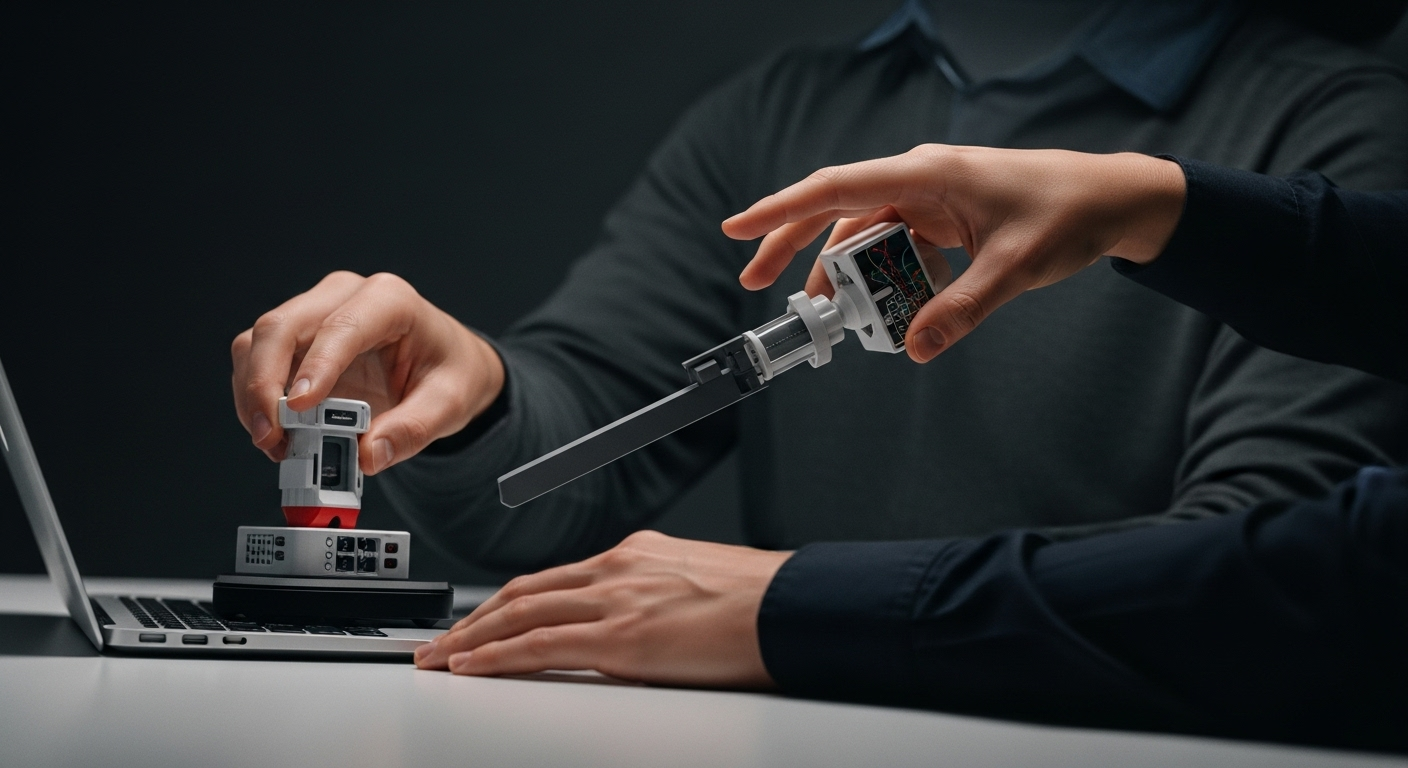Hydrogen Fuel Cells: The Unexpected Comeback in Automotive Innovation
Picture this: You're cruising down the highway in a sleek new sedan, emitting nothing but water vapor from its tailpipe. The ride is smooth, silent, and powerful. This isn't science fiction; it's the reality of hydrogen fuel cell vehicles (FCVs). Once dismissed as a pipe dream, FCVs are making an unexpected comeback, challenging the dominance of battery electric vehicles in the race for zero-emission transportation. As automakers and policymakers alike seek solutions to combat climate change, hydrogen fuel cells are emerging as a compelling alternative, offering unique advantages that could reshape the automotive landscape.

How Hydrogen Fuel Cells Work
At the heart of an FCV is the fuel cell stack, where hydrogen and oxygen combine to produce electricity, with water as the only byproduct. This process, known as electrolysis in reverse, is remarkably efficient and clean. Hydrogen is stored in high-pressure tanks, providing a range comparable to conventional gasoline vehicles. The electricity generated powers an electric motor, delivering instant torque and a driving experience similar to that of battery electric vehicles.
The Advantages of Hydrogen Power
FCVs offer several compelling advantages over their battery-powered counterparts. Refueling a hydrogen vehicle takes just minutes, comparable to filling up a gas tank, addressing the long charging times associated with battery electric vehicles. Additionally, hydrogen fuel cells maintain their performance in extreme temperatures, a crucial factor for regions with harsh winters or scorching summers. The energy density of hydrogen also makes it an attractive option for larger vehicles like trucks and buses, where battery weight can be a significant limitation.
Overcoming the Infrastructure Hurdle
One of the biggest challenges facing the widespread adoption of FCVs is the lack of refueling infrastructure. However, this is rapidly changing. Countries like Japan, Germany, and South Korea are investing heavily in hydrogen stations, with plans to build extensive networks in the coming years. In the United States, California leads the way with a growing number of hydrogen fueling stations, and other states are following suit. As the infrastructure expands, it’s creating a positive feedback loop, encouraging more automakers to develop and market FCVs.
The Environmental Impact
While FCVs themselves produce zero emissions, the production of hydrogen has been a point of contention. Currently, most hydrogen is produced from natural gas through a process called steam methane reforming, which does generate carbon emissions. However, the push for “green hydrogen” – produced using renewable energy sources – is gaining momentum. As the production of hydrogen becomes cleaner, FCVs have the potential to play a significant role in reducing transportation-related emissions.
The Future of Hydrogen in Automotive Design
As hydrogen technology advances, we’re seeing innovative approaches to vehicle design. Some automakers are exploring modular platforms that can accommodate both battery and fuel cell powertrains, offering flexibility in production and meeting diverse market demands. The compact nature of fuel cell stacks also allows for creative packaging solutions, potentially leading to novel vehicle layouts that maximize interior space and aerodynamics.
Conclusion: A Diverse Zero-Emission Future
The resurgence of hydrogen fuel cell vehicles represents a shift towards a more diverse approach to zero-emission transportation. Rather than a one-size-fits-all solution, the future of automotive propulsion is likely to be a mix of technologies, each suited to specific use cases. As hydrogen infrastructure expands and production becomes greener, FCVs could play a crucial role alongside battery electric vehicles in our transition to a sustainable transportation future. The quiet revolution of hydrogen power is gaining momentum, promising an exciting new chapter in automotive innovation.





